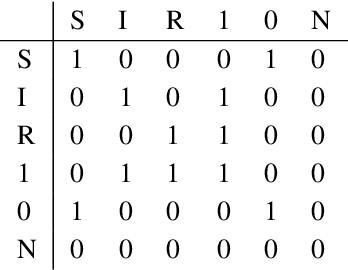Multimodal Structure Preservation Learning
Paper and Code
Oct 29, 2024



When selecting data to build machine learning models in practical applications, factors such as availability, acquisition cost, and discriminatory power are crucial considerations. Different data modalities often capture unique aspects of the underlying phenomenon, making their utilities complementary. On the other hand, some sources of data host structural information that is key to their value. Hence, the utility of one data type can sometimes be enhanced by matching the structure of another. We propose Multimodal Structure Preservation Learning (MSPL) as a novel method of learning data representations that leverages the clustering structure provided by one data modality to enhance the utility of data from another modality. We demonstrate the effectiveness of MSPL in uncovering latent structures in synthetic time series data and recovering clusters from whole genome sequencing and antimicrobial resistance data using mass spectrometry data in support of epidemiology applications. The results show that MSPL can imbue the learned features with external structures and help reap the beneficial synergies occurring across disparate data modalities.
 Add to Chrome
Add to Chrome Add to Firefox
Add to Firefox Add to Edge
Add to Edge